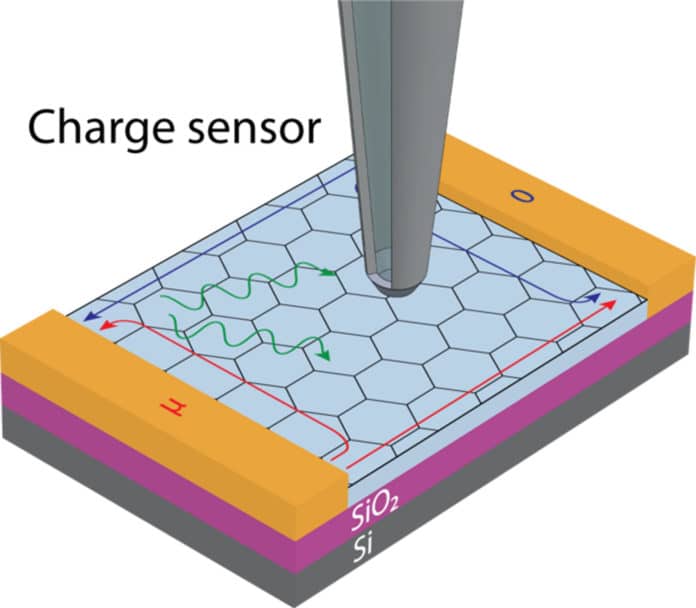Spin waves, also known as magnons, could fundamentally change how devices store and carry information. Under suitable conditions, they act as a superfluid, moving through a material with zero energy loss.
Due to their very properties, spin waves are pretty impossible to measure. Scientists, in the past, have demonstrated the ability to both excite and detect spin waves in a 2D graphene magnet. Now, scientists at SEAS have demonstrated a new way to measure the quintessential properties of spin waves in graphene.
Amir Yacoby, Professor of Physics and Applied Physics at Harvard SEAS and senior author of the paper, said, “With this new work, we can determine all these quantitative numbers, including the energy and number of spin waves, their chemical potential, and temperature. This is an essential tool that we can use to explore new ways of generating magnons and get closer to achieving spin superfluidity.”
Measuring the properties of spin waves is like measuring the properties of a tidal wave. One way would be to introduce something into the system that you can measure, like a surfer. The speed of the tidal wave could be detected by measuring the speed of the surfer.
In this study, scientists used an electron surfer.
They used a quantum Hall ferromagnet made of 2D graphene. If an electron with a different spin is introduced into this system, it will use energy to flip its neighbors’ spins.
Scientists found that they injected an electron with a different spin into the system and then generated spin waves, the energy the electron needed to flip its neighbors went down.
Andrew T. Pierce, a graduate student at SEAS and co-first author of the study, said, “It’s striking that somehow the electrons that we’re putting into the system are sensitive to the presence of spin waves. It’s almost as if these electrons are grabbing onto the wave and using it to help flip the spins of their neighbors.”
Yonglong Xie, a postdoctoral fellow at SEAS and co-first author of the study, said, “Spin waves don’t like to interact with anything but by using electrons and this energy cost as a proxy to probe the properties of spin waves, we can determine the chemical potential, which combined with knowing the temperature and a few other properties, gives us a full description of the magnon. This is critical to knowing whether the wave is approaching the limit where it achieves superfluidity.”
The study offers a general approach to studying other hard-to-measure exotic systems.
Journal Reference:
- Andrew T. Pierce et al., Thermodynamics of free and bound magnons in graphene, Nature Physics (2021). DOI: 10.1038/s41567-021-01421-x
